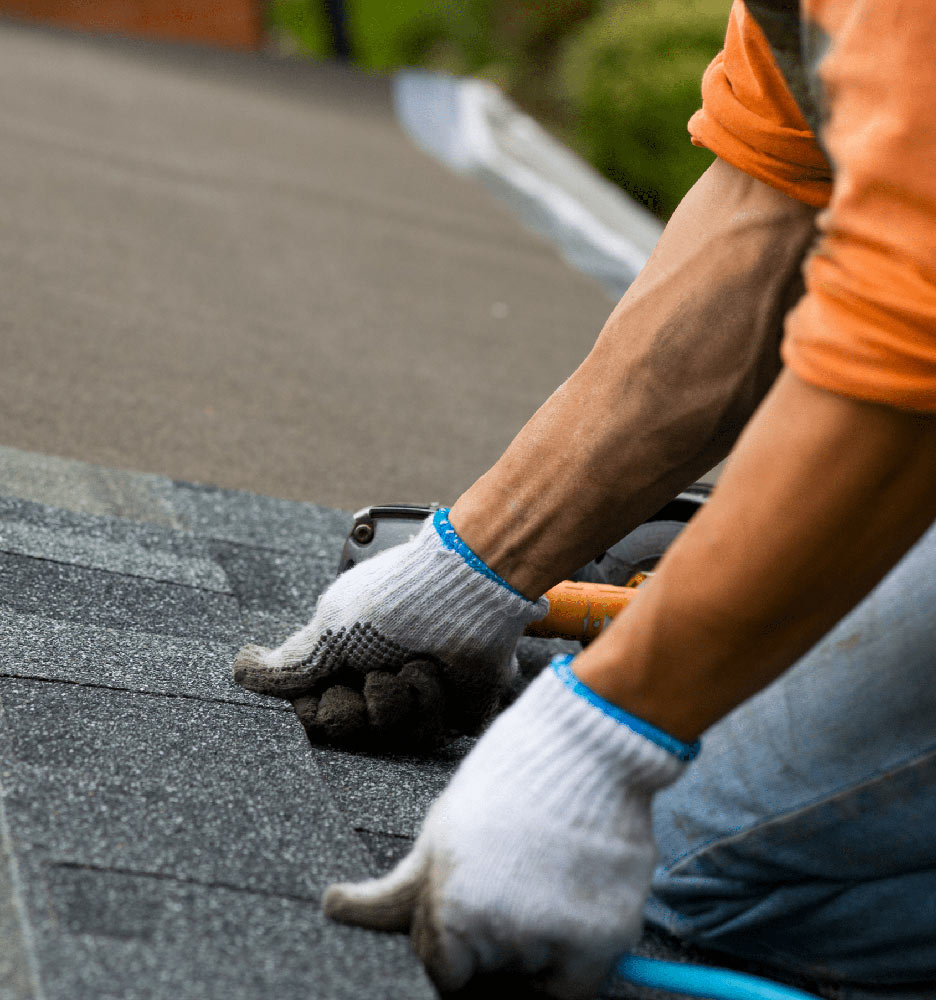Types of roof damage covered by your insurance will depend on your policy’s terms and the reasons your roof needs to be repaired or replaced. Typically, an insurance policy covers problems that are sudden, accidental, or are caused by events such as wind, fire, hail or the weight of snow.
Sometimes the lifespan of the roof is shortened because of the damage that occurred, and sometimes your insurer may cover the cost to replace the entire roof even if it’s only partially damaged. For example, if your roof has traditional asphalt shingles damaged by hail strikes, an insurance adjuster would count how many strikes occurred within a section in order to determine the impact on the lifespan of the roof. If there are enough strikes, the roof lifespan might be substantially impacted and would need to be replaced. And sometimes even if a roof isn’t leaking per se, the erosion or strikes might compromise the integrity of the roof – meaning a roof won’t last as long as it should have lasted otherwise.

Filing a roof damage insurance claim is not a “walk in the park,” but it is well worth your time (and money!) as a home or property owner. Here is how it typically works:
